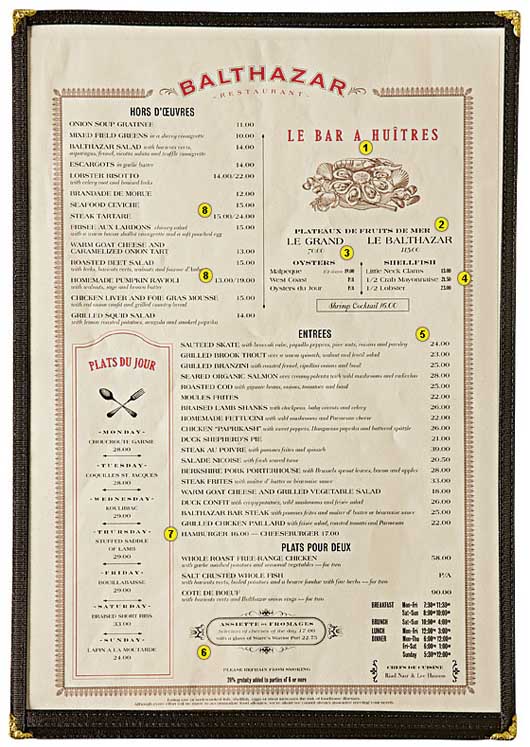A quote from the “Have an Enemy” essay in Getting Real:
Pick a fight
Sometimes the best way to know what your app should be is to know what it shouldn’t be. Figure out your app’s enemy and you’ll shine a light on where you need to go.
I was reminded of this idea while watching It Might Get Loud, a neat documentary that brings together Led Zeppelin’s Jimmy Page, U2’s The Edge and the White Stripes’ Jack White for a jam session and discussion. Along the way, it reveals how each developed his style of guitar playing.
Starting with the enemy
As each of these guys talked about how they came up with their trademark sound, it became clear that they began defining themselves by what they didn’t want to sound like. They started out by having an enemy.
Jimmy Page was a session guy playing on other people’s records and he was sick of it. Everything was too strict. Tempos were rigid. There were no dynamics. Everything sounded homogenous. It was limp muzak.
And that’s why he created Led Zeppelin. He wanted a band that could use both light and dark shades. He wanted to be able to speed up and/or get louder in the middle of a song. He wanted to stretch out on tracks for a long time. He wanted to use a bow and get crazy.
When U2 formed, The Edge wanted to be the opposite of the noodly, self-indulgent prog bands that were ruling the day. He wanted to play as little as possible. He used echoes to do most of the heavy lifting. He figured out ways to play chords with as few notes as possible.
The White Stripes came out of Jack White’s view that technology is the enemy of creativity. He didn’t want to use lots of effects pedals, brand new guitars, or tons of studio tracks. He wanted to create something raw and in-the-moment.
Each one of these guys succeeded in creating a unique, soulful sound by first defining what they did NOT want to sound like. That enemy told them where to go.
What are you sick of?
Embedded in all this is a reminder of how there’s fashion everywhere. It’s not just clothing, it’s also there in music, business, and tons of other things. People flock to whatever the hot trend of the day is. And when everyone chases the same thing, that means there’s an opportunity if you go in a different direction.
What’s everyone doing right now that you think sucks? What’s in fashion in your arena that you think is stupid? What do you think has outlived its place in the spotlight? Then start defining yourself by opposing that thing.



